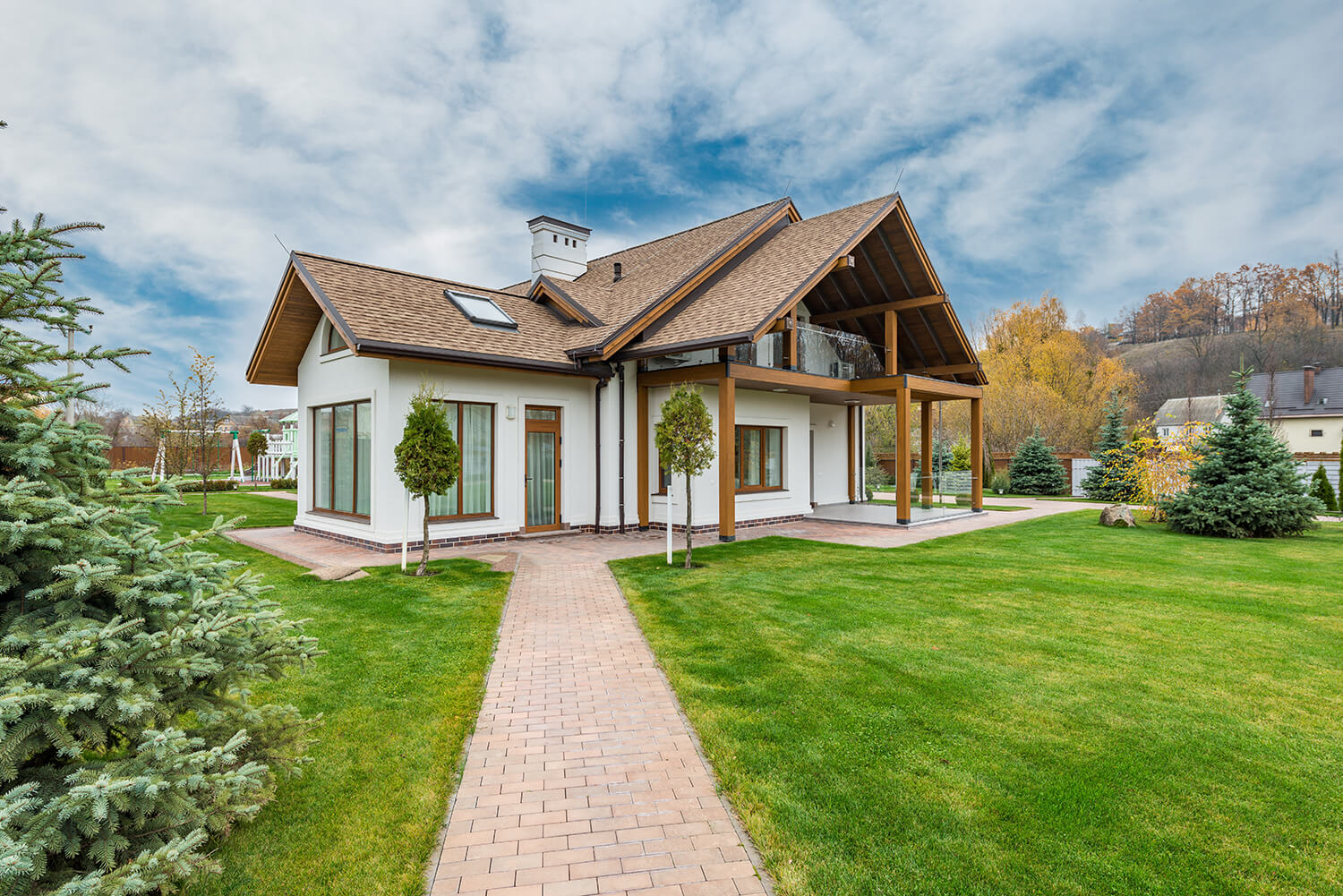My home was constructed before centralized ductwork was a common practice.
When we first moved into the home, there was a heating unit installed into the basement and holes cut into the floors.
The idea was that the heat from the system would rise upward into the home and keep it warm. Unfortunately, freezing cold drafts also entered the living space throughout the long winters. In the summer, we had issues with bugs and moisture due to those floor vents. While I was hoping to have a conventional furnace, air conditioner and ductwork installed, I was unwilling to tear down walls and ceilings. Because of the age of the house, we have plaster and lathe construction. Any disruption of the walls or ceilings creates a huge mess. I really didn’t want to try and get by with electric baseboard heaters and window air conditioners. The extensive square footage of the house made a ductless system difficult and expensive. I eventually came across high-velocity systems. Designed specifically to retrofit into older homes, a high-velocity system features mini-ducts. The ductwork is only two-inches in diameter and flexible enough to snake through existing walls. The smaller ducts accommodate studs, electrical outlets and plumbing and are insulated to prevent energy waste. They link to circular vents that can be installed just about anywhere in the room. The vents are available in a nearly endless selection of styles and colors and incorporate without detracting from aesthetics. The main heating and cooling unit is compact enough to install in a closet. By delivering air into the various rooms at an extremely high rate of the speed, the system quickly raises or lowers temperature. Shorter run times means less energy consumption and lower utility bills.

